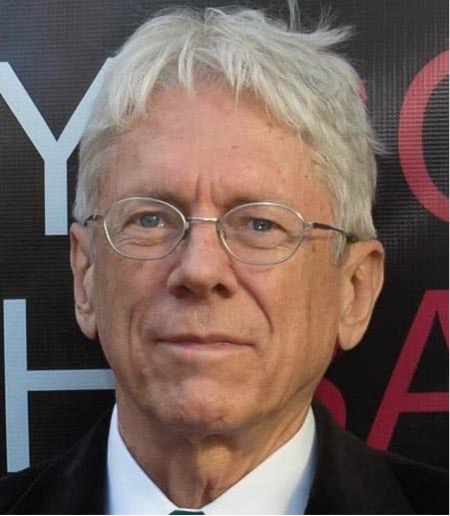Taylor, Keith Weller
VISITOR’S VOICE
Interview with Keith Weller Taylor »
Department of Asian Studies, Cornell University

What are your favorite things?
Conversation with people with whom I disagree
It’s interesting to find common ground, and I often learn something new. It’s often true that one becomes most certain about that which one knows the least, but it’s also possible for a researcher to become possessive of their work to the point of wearing it like armor. Dialogue requires that we be permeable to the thought of others.
Playing chess
It engages, exercises, and relaxes my mind. I like to play chess without a competitive spirit, to accept failure as an opportunity to learn, in the mode of the tragic hero who absorbs defeat and gains from it; winning is nice but full of danger… it can nurture pride, which is a fragile pedestal.
Taking long walks with trees and fields
Strolling amidst nature stimulates my thoughts to see things from fresh perspectives. It often helps me to formulate new ideas about how to organize material, to develop an analysis, or to see the implications of what I am trying to do.
Interview
Brick Tomb Archaeology in Vietnam
01
Please tell us about your research.
My first book, published 40 years ago, about northern Vietnam during the 1st millennium C.E., was based on textual study and very little on archaeology, since materials about archaeology from that time were not much available. Although I knew about the Han-Tang era brick tombs, available information was limited to a few studies based on colonial archaeology published in English and French. When I began to visit Vietnam in the mid-1980s, archaeologists and historians told me that there were “thousands” of these brick tombs, but there was neither a compilation of them nor any plausible study or analysis of them. This continues to be true today. Four years ago, I was able to obtain access to excavation reports for brick tomb sites held in the archive of the Institute of Archaeology in Hanoi. So far as I know, no study or analysis of these reports has been done. Since the publication of my first book, my understanding of the texts for that time has significantly changed, and the brick tombs offer material for reevaluating my interpretation.
02
Can you share with us an episode about any influential people, things, and places you have encountered whilst doing your research?
In 1986, during my first visit to northern Vietnam, while visiting the tomb of Sĩ Nhiệp (Shi Xie, 2nd-3rd c.) with a member of the Institute of Archaeology, I saw nearby a large field full of mounds and was informed that those mounds covered brick tombs. This nurtured my desire to learn more about what could be found in those mounds.
03
How do you overcome the difficulties in putting together the results of your research into a research paper or book?
I take a good long walk, let my thoughts go free, and a fresh idea will often arrive.
04
Do you have any must-have gear for field research and writing?
A pencil and paper.
05
Do you have any essential reads (books) that you can recommend to younger people?
Each person’s mind works in different ways, and people reading the same book will find different things in it. So, it is hard for me to recommend a book unless I know the person and what he/she is interested to learn. For the topic of my current project, since hardly anyone studies or writes about it, I can do no better than to recommend my books that address the topic for a general reader: The Birth of Vietnam (1983) and A History of the Vietnamese (2013).
06
What is your ideal image of a researcher, and do you have any advice for those who aim to become researchers?
First, be committed to scholarship for its own sake; don’t expect wealth or acclaim or career—you must want to learn and to be teachable. Second, be willing to change your mind; do not become so attached to any idea or interpretation that you can never let it go. The capacity to change one’s mind in light of new evidence or new ideas is a sign of life; the inability to do so is a sign of death. Third, be curious to learn more, and do not be afraid to follow thoughts unrelated to your topic of research; a totally different topic may provide inspiration for what you are trying to do. If your work does not make you happy, then stop it and do something else; only work that is enjoyable is worth doing. Also, do not become distracted by participating in the academic culture of conferences and symposia before you have something of substance to say.
07
What are your future ambitions as a scholar?
I’d like to finish the brick tomb project. One other project I am interested in writing about concerns the poet, singer, scholar, statesman, and military engineer Đào Duy Từ (1572-1634) who designed the system of walls at Đồng Hới where many battles were fought during the Trịnh-Nguyễn wars.
(July 2023)
Keith Weller Taylor is a Guest Scholar of CSEAS
from July 2023 – January 2024
Thank you for taking the time to read the Visitor’s Voice interview.
Your feedback is important to us, so please let us know what you think.